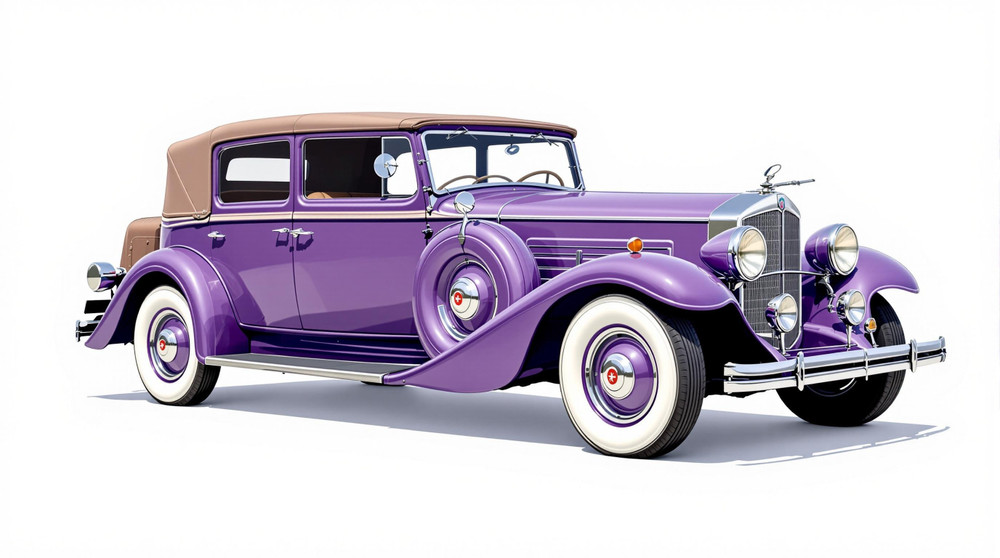Image of 1930 Cadillac Fleetwood, Note: These illustrations use artistic license and may differ from actual historical models.
Performance Metrics
Fundamental Metrics
Emotional Appeal
MMP Rating
| Engine Specifications | |
|---|---|
| Engine: | V8 |
| Displacement: | 353 cubic inches |
| Horsepower: | Estimated 95-100 HP |
| Torque: | Not available |
| Compression Ratio: | Not available |
| Ignition System: | Battery and coil |
| Cooling System: | Water-cooled |
| Performance Specifications | |
| 0-60 Time: | Not available |
| 1/4 Mile Time: | Not available |
| Top Speed: | 60-65 mph |
| Transmission and Drive | |
| Drive Type: | Rear-wheel drive |
| Transmission Type: | 3-speed manual |
| Fuel and Efficiency | |
| Fuel System Type: | Carburetor |
| MPG: | Not available |
| Dimensions and Brakes | |
| Brakes: | Mechanical drum brakes |
| Wheelbase: | 140 inches |
| Weight: | Estimated 5000 lbs |
Note: Specifications for classic cars are given to the best of our ability, considering the limited and variant data available.
1930 Cadillac Fleetwood: A Testament to Pre-War Luxury and Craftsmanship
The 1930 Cadillac Fleetwood stands as a paragon of luxury, a testament to the opulence and engineering prowess of the pre-war era. Born from the prestigious Cadillac division of General Motors, this vehicle emerged during a time when automobiles were transitioning from mere transportation to symbols of status and technological marvels. The Fleetwood body was crafted with such elegance and attention to detail that it became synonymous with high society, often seen gracing the driveways of the wealthiest individuals of its time. A notable moment in its history was when the V-16 powered model became the first production car to feature a sixteen-cylinder engine, setting a new standard for automotive excellence.
Design and Innovation
With its sweeping fenders and bold grille, the exterior of the 1930 Cadillac Fleetwood was nothing short of majestic. The car's long hood housed one of two engine options, a V8 or the aforementioned V-16, both delivering unprecedented smoothness and power. Inside, passengers were enveloped in luxury, with rich fabrics and leathers complementing the handcrafted wood accents. Technological features such as synchromesh transmissions and safety glass were cutting-edge for their time. Color options ranged from stately blacks and blues to more vibrant hues, with each choice accentuating the Fleetwood's grandeur. Among the various body styles offered, the Phaeton and Roadster stood out as icons of their age.
Historical Significance
The 1930 Cadillac Fleetwood's introduction of a V-16 engine revolutionized automotive design, pushing boundaries in power and performance. It set a benchmark for luxury cars and demonstrated America's industrial might during an era when Europe dominated the high-end car market. The Fleetwood's influence can be seen in subsequent generations of luxury vehicles that sought to emulate its blend of performance and opulence.
Performance and Handling
Performance-wise, the Fleetwood's top speed and acceleration were unrivaled in its class, with even the heaviest models capable of reaching speeds well over 80 mph—a remarkable feat at the time. The car's ride was exceptionally smooth, gliding over road imperfections with ease thanks to its sophisticated suspension system. Behind the wheel, drivers enjoyed a symphony of engineering—the hum of a finely-tuned engine—and a tactile connection to an era of automotive artistry.
Ownership Experience
As one would expect from a vehicle of such grandeur, the 1930 Cadillac Fleetwood was not just any car; it was an experience. While some owners relished its elegance as a daily driver or showpiece, others took pleasure in its competitive edge in racing events. Maintenance required skilled hands, but for those who could afford this rolling masterpiece, reliability was part of the package—thanks to Cadillac's commitment to quality.
Fun Facts
The Fleetwood has graced many prestigious collections over the years, including those owned by celebrities and royals alike. While not designed for speed records, it did set benchmarks in luxury and engineering that stood for decades. Despite criticisms about its extravagant nature during tough economic times, it remained a symbol of success and aspiration.
Collector's Information
Today, finding a 1930 Cadillac Fleetwood is akin to discovering a rare gem. With production numbers not exceedingly high even in their heyday—especially for V-16 models—their scarcity only adds to their allure. Values can vary greatly depending on condition and provenance but expect figures well into six or even seven digits for pristine examples. As with many classics of this caliber, they are generally appreciating assets that continue to captivate collectors worldwide.
Conclusion
The 1930 Cadillac Fleetwood is more than just an automobile; it is an enduring symbol of pre-war American luxury and innovation. Its legacy is etched into every curve of its bodywork and every purr of its engine—a legacy that continues to enchant collectors and classic car enthusiasts alike.
1930 Cadillac Fleetwood Catalog of Parts
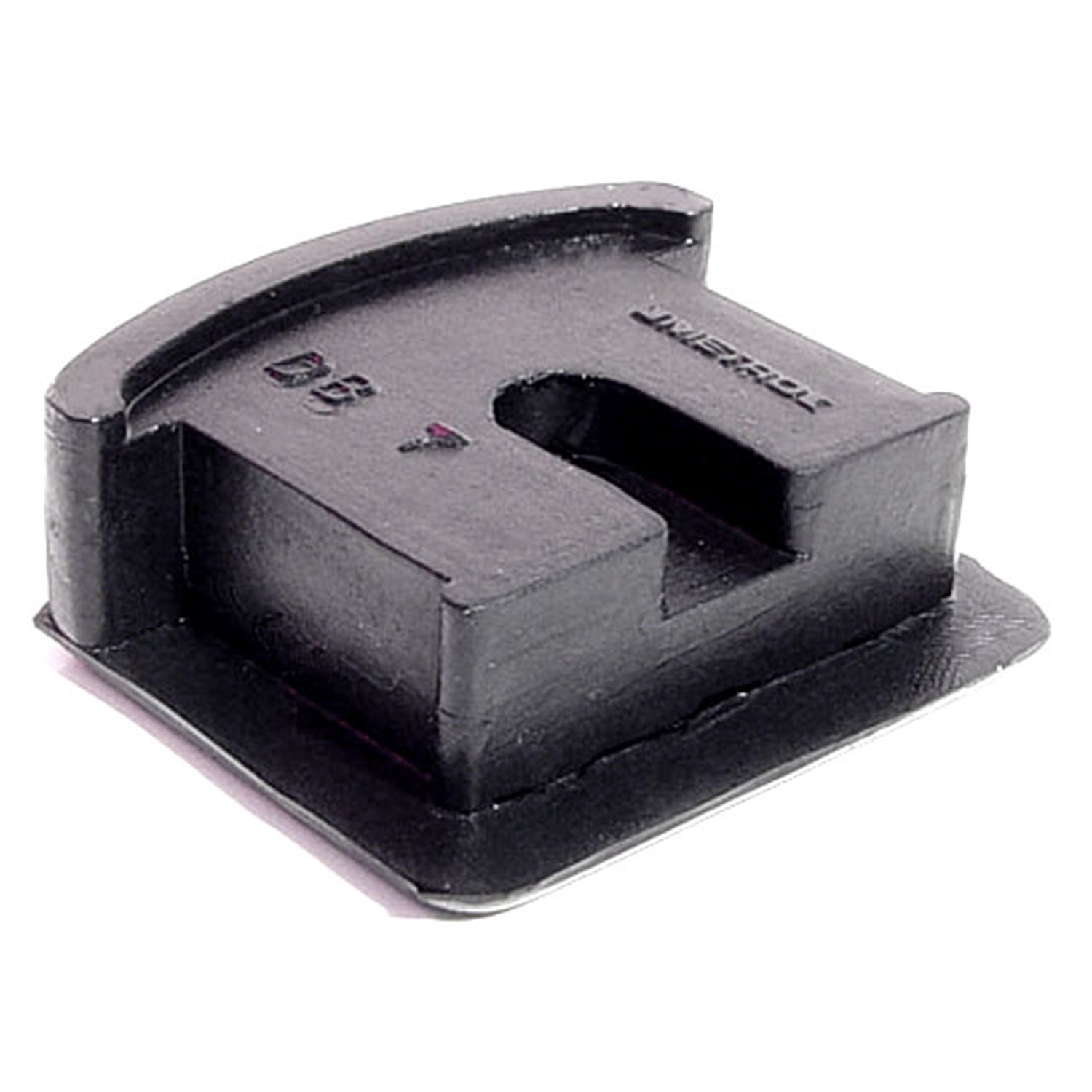 1930 Cadillac Fleetwood Door Bumper. 1-7/16" high X 1-9/16" wide X 9/16" thick-DB 7Door Bumper. 1-7/16" high X 1-9/16" wide X 9/16" thick. Each
1930 Cadillac Fleetwood Door Bumper. 1-7/16" high X 1-9/16" wide X 9/16" thick-DB 7Door Bumper. 1-7/16" high X 1-9/16" wide X 9/16" thick. Each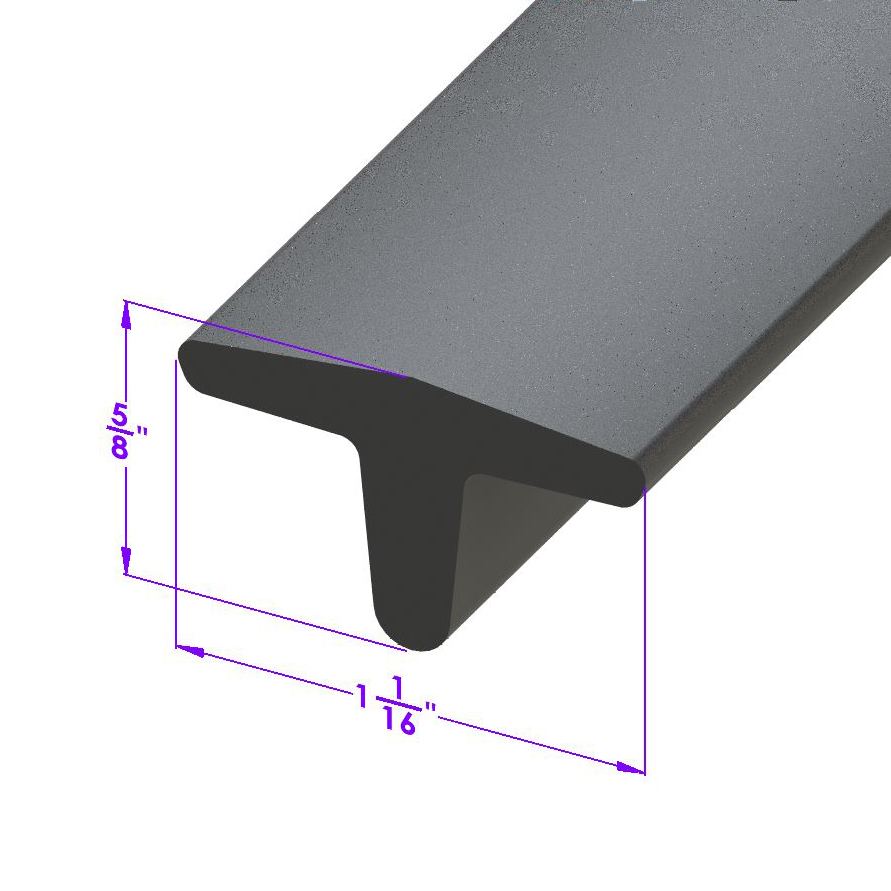 1930 Cadillac Fleetwood Side window seal. Dense rubber. No metal core. 1 in-LP 95-ASide window seal. Dense rubber. No metal core. 1 in. W x 5/8 in. H. Per foot.
1930 Cadillac Fleetwood Side window seal. Dense rubber. No metal core. 1 in-LP 95-ASide window seal. Dense rubber. No metal core. 1 in. W x 5/8 in. H. Per foot.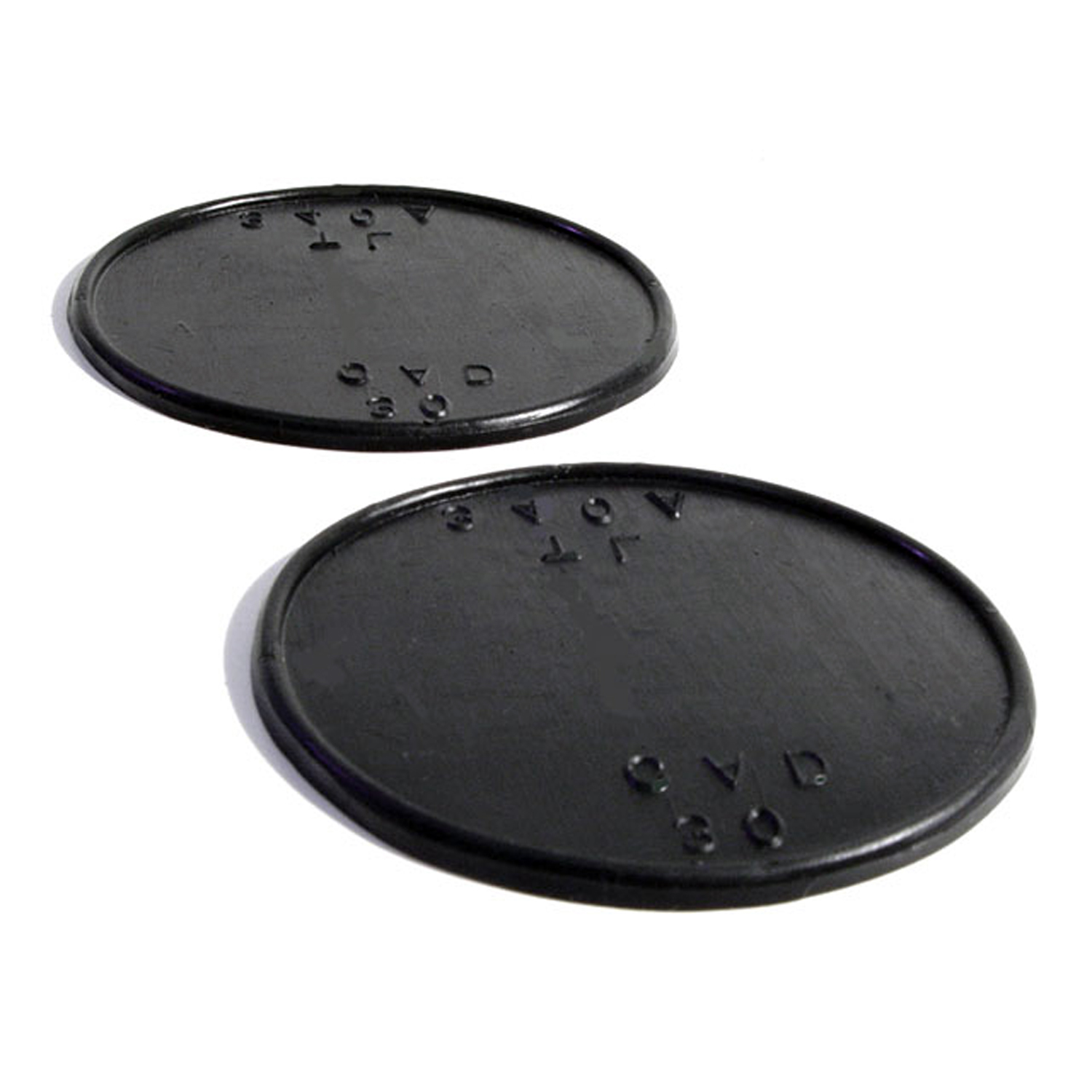 1930 Cadillac Fleetwood Tail-light Pads. 3-3/8" O.D. Pair-MP 340-ATail-light Pads. 3-3/8" O.D. Pair
1930 Cadillac Fleetwood Tail-light Pads. 3-3/8" O.D. Pair-MP 340-ATail-light Pads. 3-3/8" O.D. Pair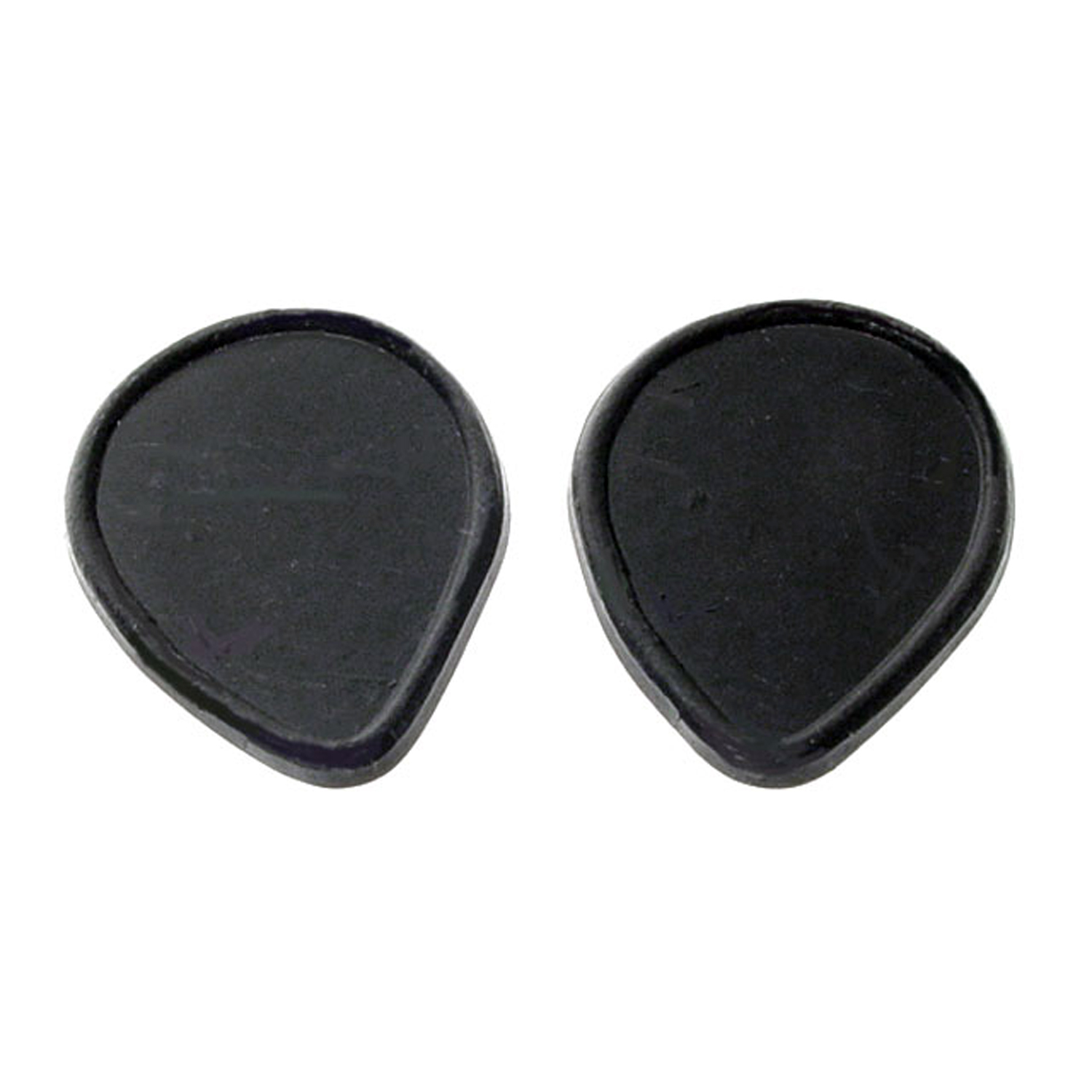 1930 Cadillac Fleetwood Park Light Pads. 1-3/4" wide X 2-3/8" long. Pair-MP 345-BPark Light Pads. 1-3/4" wide X 2-3/8" long. Pair
1930 Cadillac Fleetwood Park Light Pads. 1-3/4" wide X 2-3/8" long. Pair-MP 345-BPark Light Pads. 1-3/4" wide X 2-3/8" long. Pair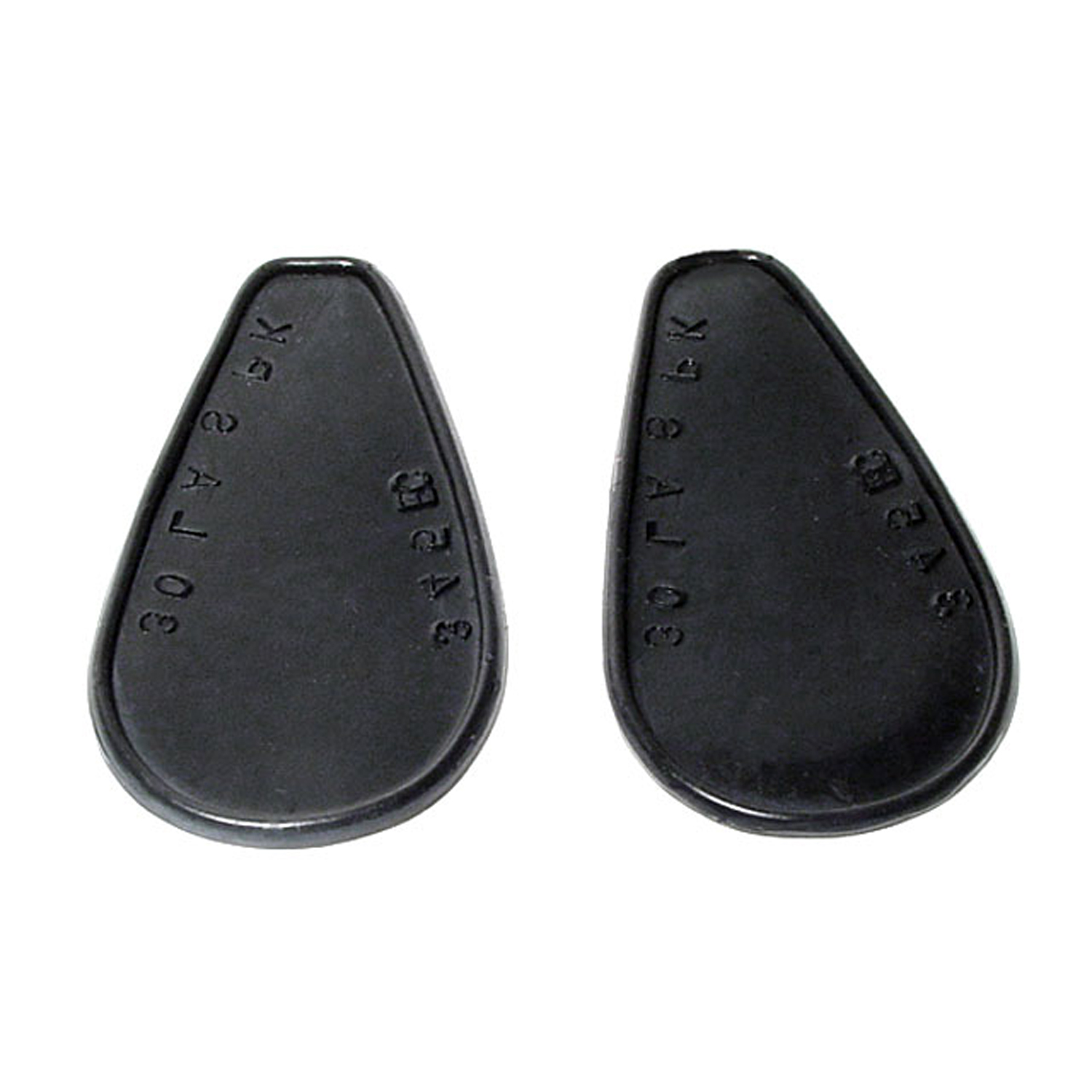 1930 Cadillac Fleetwood Park Light Pads. 2-3/8" wide X 4-1/4" long. Pair -MP 345-CPark Light Pads. 2-3/8" wide X 4-1/4" long. Pair
1930 Cadillac Fleetwood Park Light Pads. 2-3/8" wide X 4-1/4" long. Pair -MP 345-CPark Light Pads. 2-3/8" wide X 4-1/4" long. Pair 1930 Cadillac Fleetwood Park Light Pads. 1-5/8" wide X 3" long. Pair-MP 345-DPark Light Pads. 1-5/8" wide X 3" long. Pair
1930 Cadillac Fleetwood Park Light Pads. 1-5/8" wide X 3" long. Pair-MP 345-DPark Light Pads. 1-5/8" wide X 3" long. Pair 1930 Cadillac Fleetwood Door Handle Pads. 1-1/2" wide X 2-5/8" long. Pair -MP 377Door Handle Pads. 1-1/2" wide X 2-5/8" long. Pair
1930 Cadillac Fleetwood Door Handle Pads. 1-1/2" wide X 2-5/8" long. Pair -MP 377Door Handle Pads. 1-1/2" wide X 2-5/8" long. Pair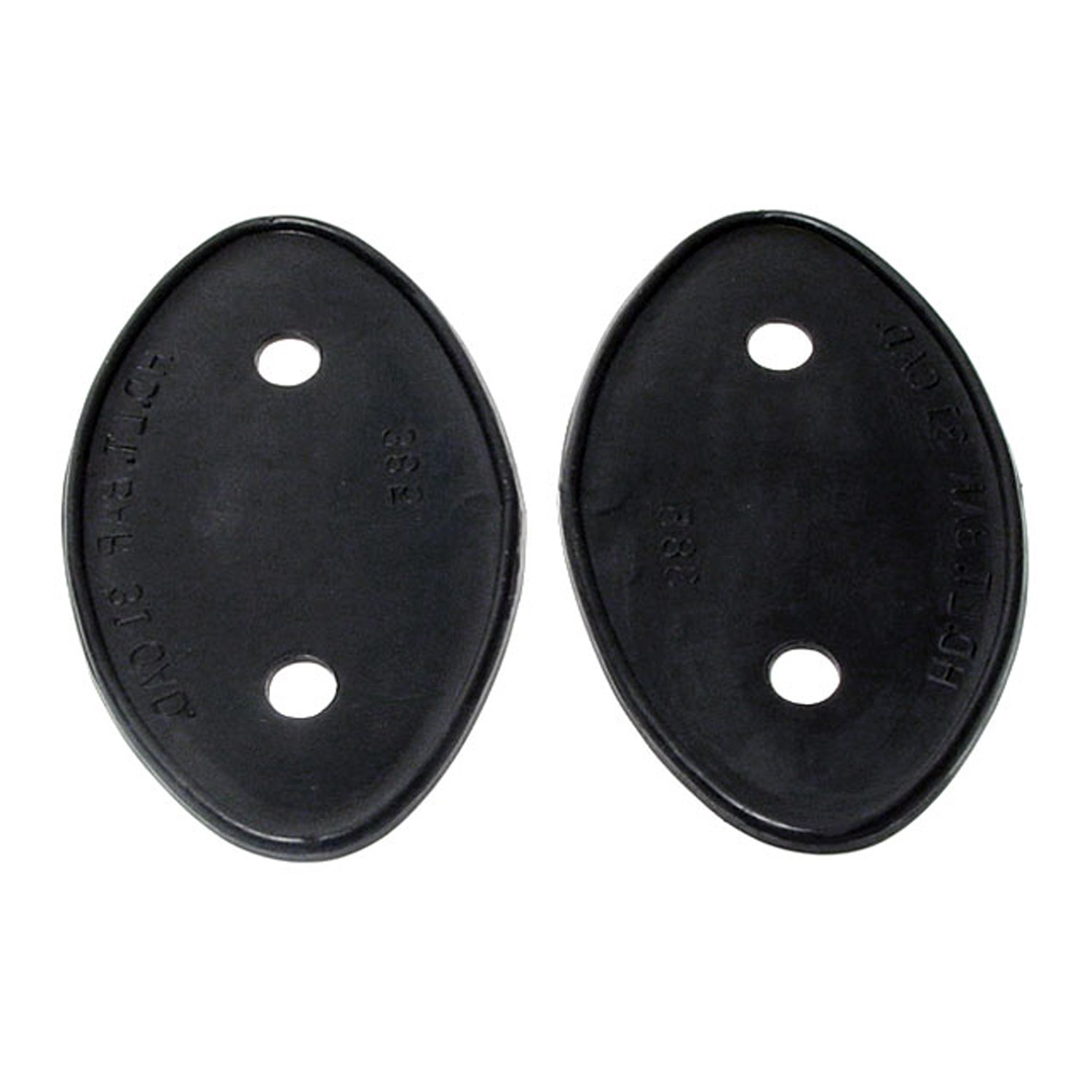 1930 Cadillac Fleetwood Headlight Bar Pads. 2-7/8" wide X 4-3/4" long. Pair-MP 385Headlight Bar Pads. 2-7/8" wide X 4-3/4" long. Pair
1930 Cadillac Fleetwood Headlight Bar Pads. 2-7/8" wide X 4-3/4" long. Pair-MP 385Headlight Bar Pads. 2-7/8" wide X 4-3/4" long. Pair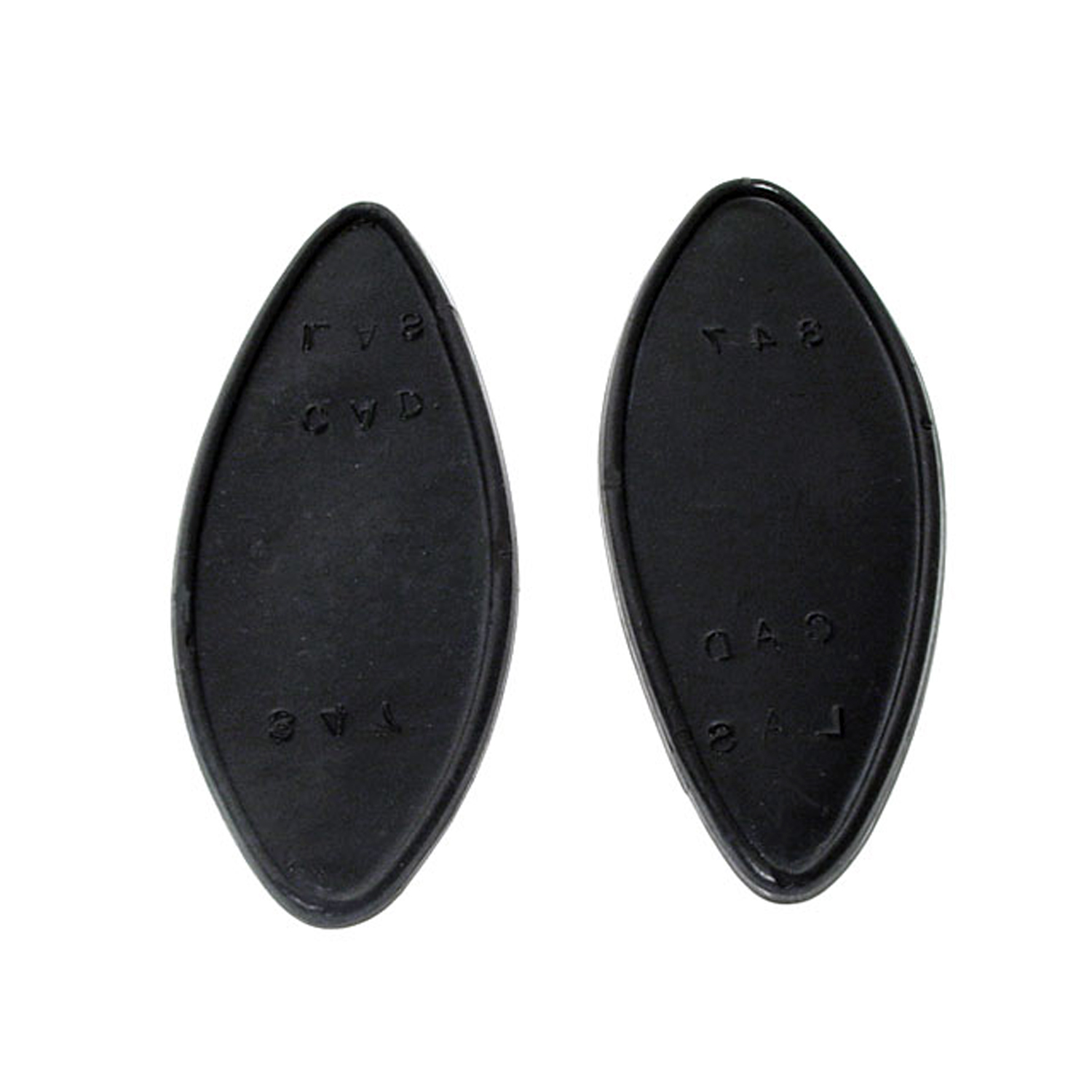 1930 Cadillac Fleetwood Headlight Bar Pads. 2-3/8" wide X 4-1/8" long. Pair-MP 386Headlight Bar Pads. 2-3/8" wide X 4-1/8" long. Pair
1930 Cadillac Fleetwood Headlight Bar Pads. 2-3/8" wide X 4-1/8" long. Pair-MP 386Headlight Bar Pads. 2-3/8" wide X 4-1/8" long. Pair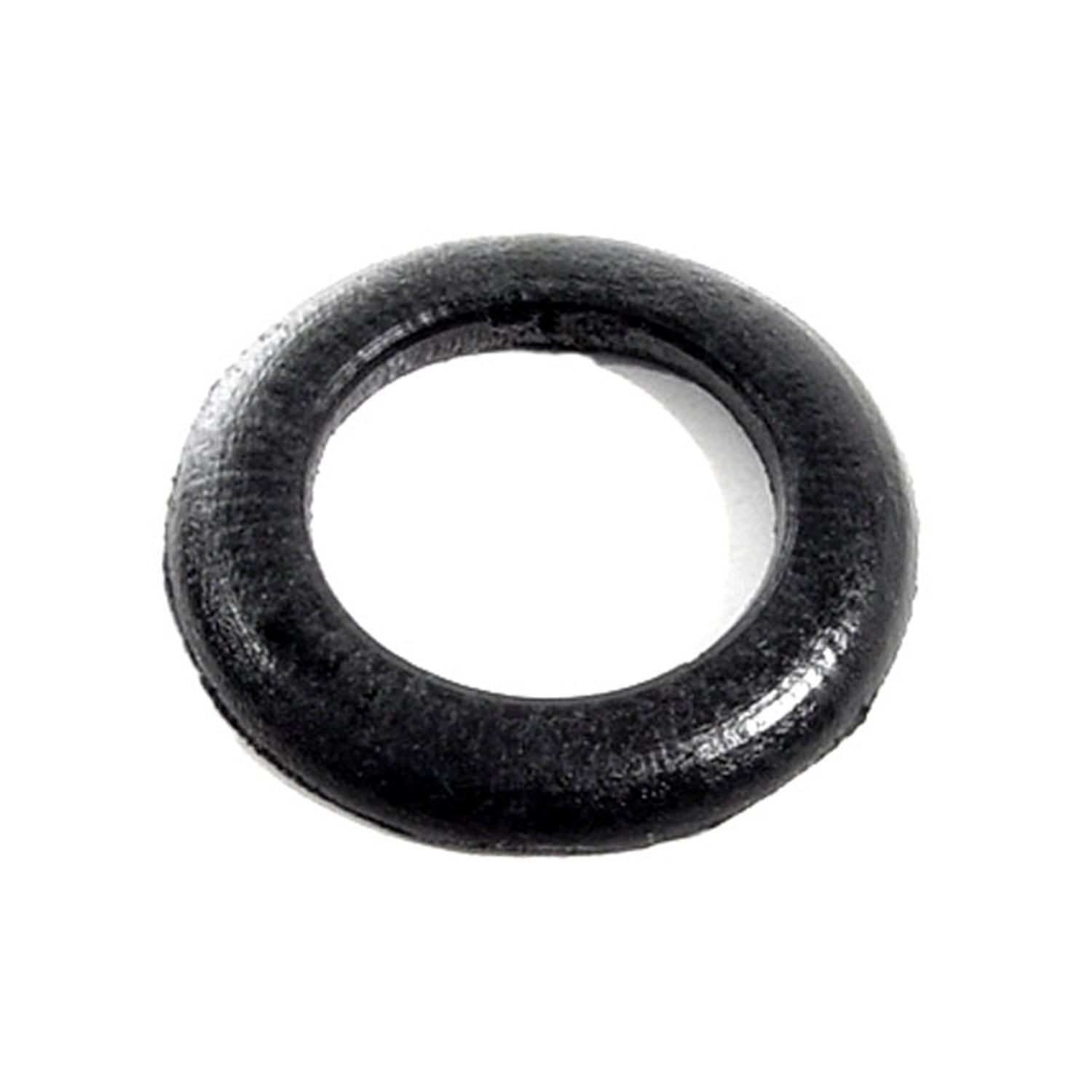 1930 Cadillac Fleetwood Door Handle Ferrule Grommet. I.D. 11/16", O.D. 1-3/16"-MP 546-IDoor Handle Ferrule Grommet. I.D. 11/16", O.D. 1-3/16". Each
1930 Cadillac Fleetwood Door Handle Ferrule Grommet. I.D. 11/16", O.D. 1-3/16"-MP 546-IDoor Handle Ferrule Grommet. I.D. 11/16", O.D. 1-3/16". Each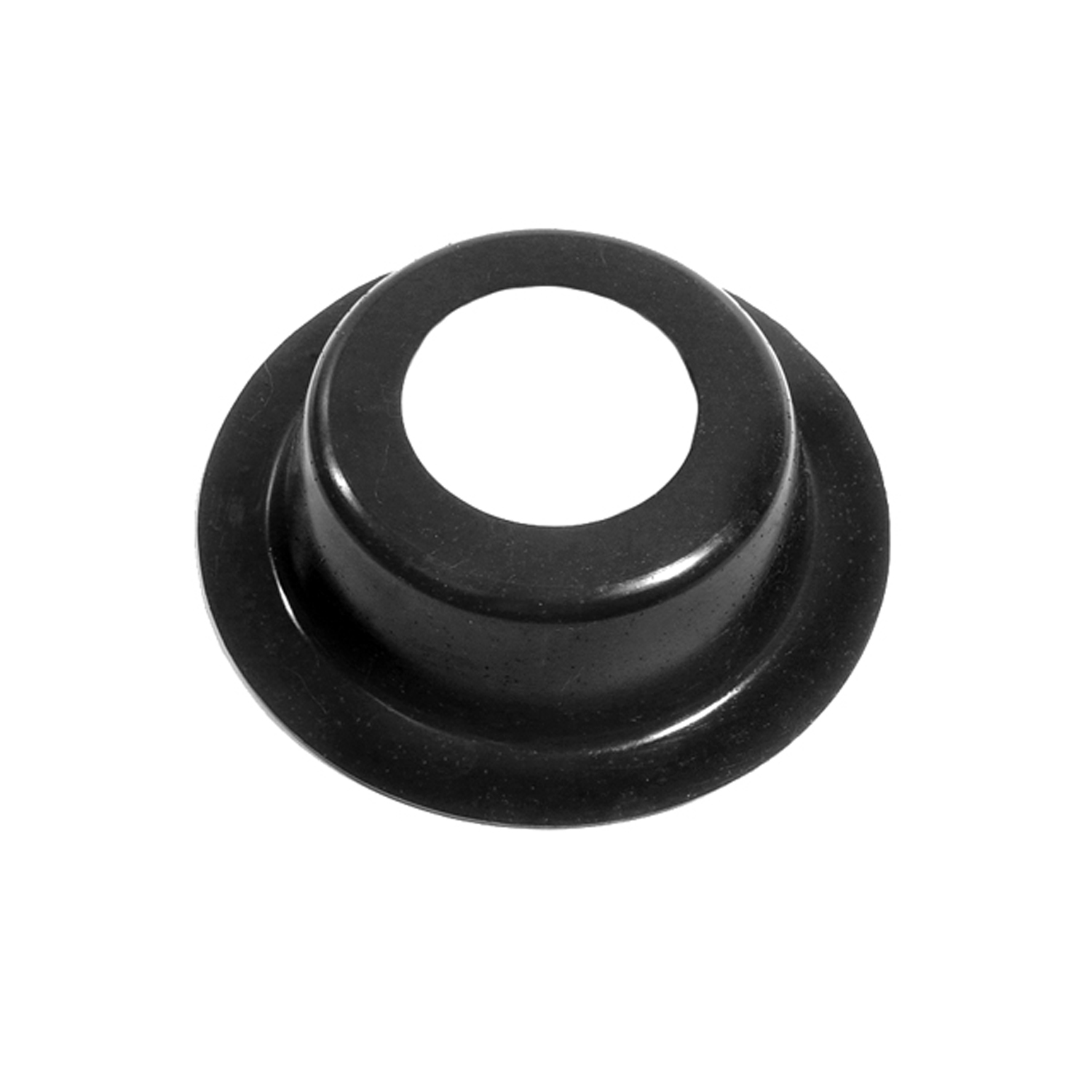 1930 Cadillac Fleetwood Booster Brake Diaphragm. 7-1/2" O.D., 3" I.D., 1-7/8" deep-RP 32Booster Brake Diaphragm. 7-1/2" O.D., 3" I.D., 1-7/8" deep. Each
1930 Cadillac Fleetwood Booster Brake Diaphragm. 7-1/2" O.D., 3" I.D., 1-7/8" deep-RP 32Booster Brake Diaphragm. 7-1/2" O.D., 3" I.D., 1-7/8" deep. Each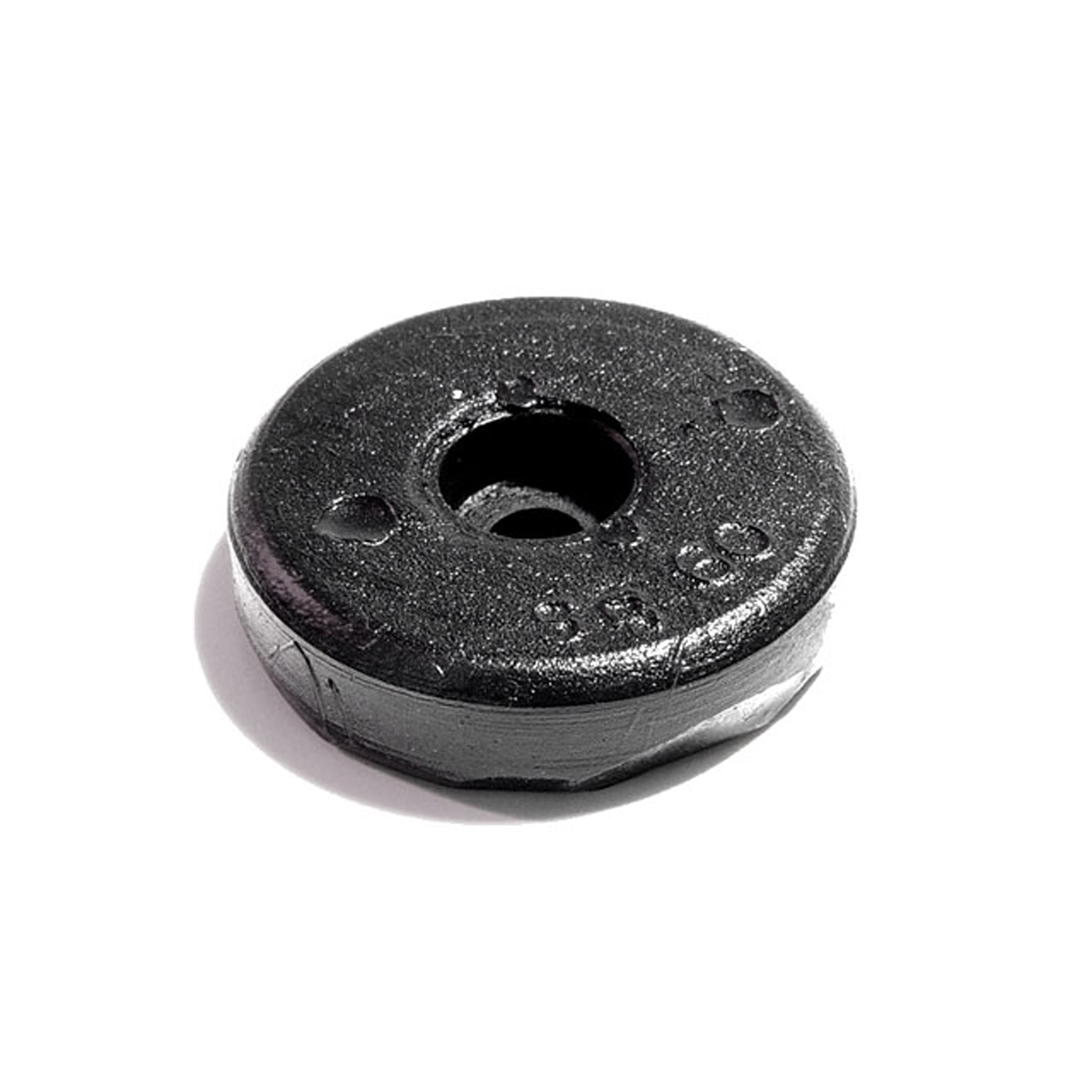 1930 Cadillac Fleetwood Door Bumper. 1" diameter X 1/4" thick Each-SB 60Door Bumper. 1" diameter X 1/4" thick Each
1930 Cadillac Fleetwood Door Bumper. 1" diameter X 1/4" thick Each-SB 60Door Bumper. 1" diameter X 1/4" thick Each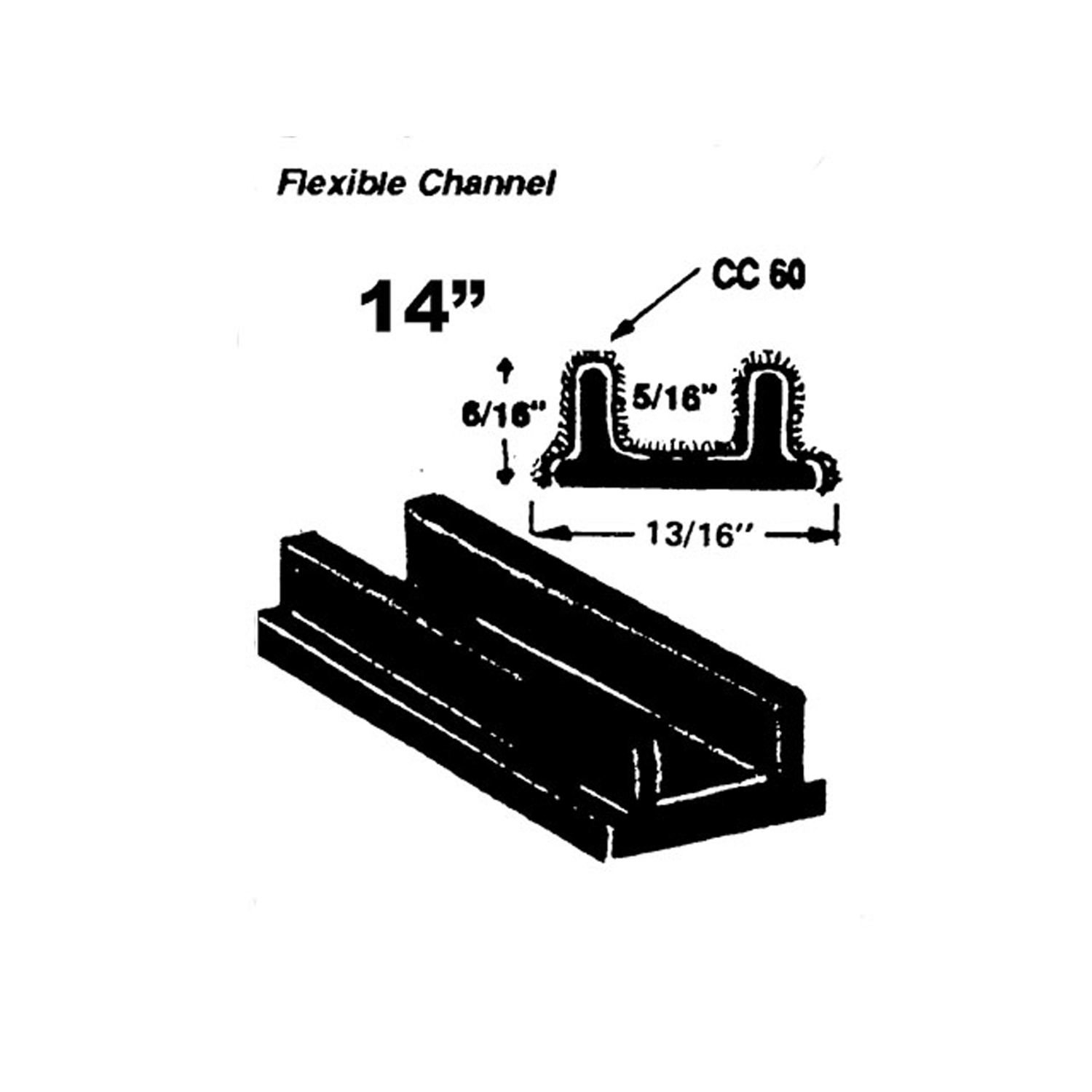 1930 Cadillac Fleetwood Flexible Rubber Window Channel-WC 32-14Flexible Rubber Window Channel. For Fisher Closed Bodies, except those using a stainless bead type. Used on side windows. 13/16" outer width X 6/16" outer depth, with a 5/16" inner channel width X 14" long. Each
1930 Cadillac Fleetwood Flexible Rubber Window Channel-WC 32-14Flexible Rubber Window Channel. For Fisher Closed Bodies, except those using a stainless bead type. Used on side windows. 13/16" outer width X 6/16" outer depth, with a 5/16" inner channel width X 14" long. Each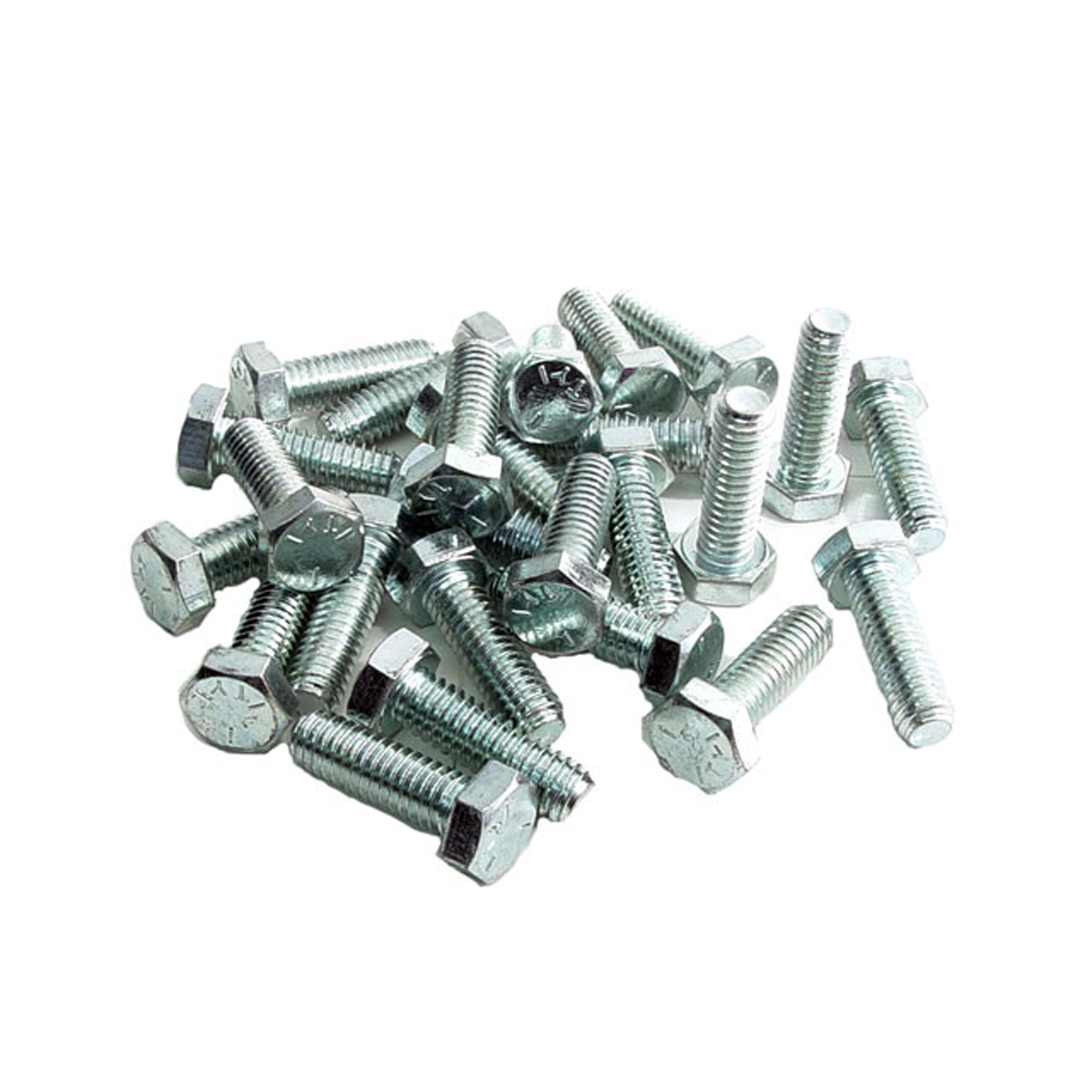 1930 Cadillac Fleetwood Fender Bolts. For use with Fender Bolt Washers; WF 3001-WF 3000Fender Bolts. For use with Fender Bolt Washers; WF 3001. Zinc Chromate plated, high strength. 1" X 5/16". Set of 25
1930 Cadillac Fleetwood Fender Bolts. For use with Fender Bolt Washers; WF 3001-WF 3000Fender Bolts. For use with Fender Bolt Washers; WF 3001. Zinc Chromate plated, high strength. 1" X 5/16". Set of 25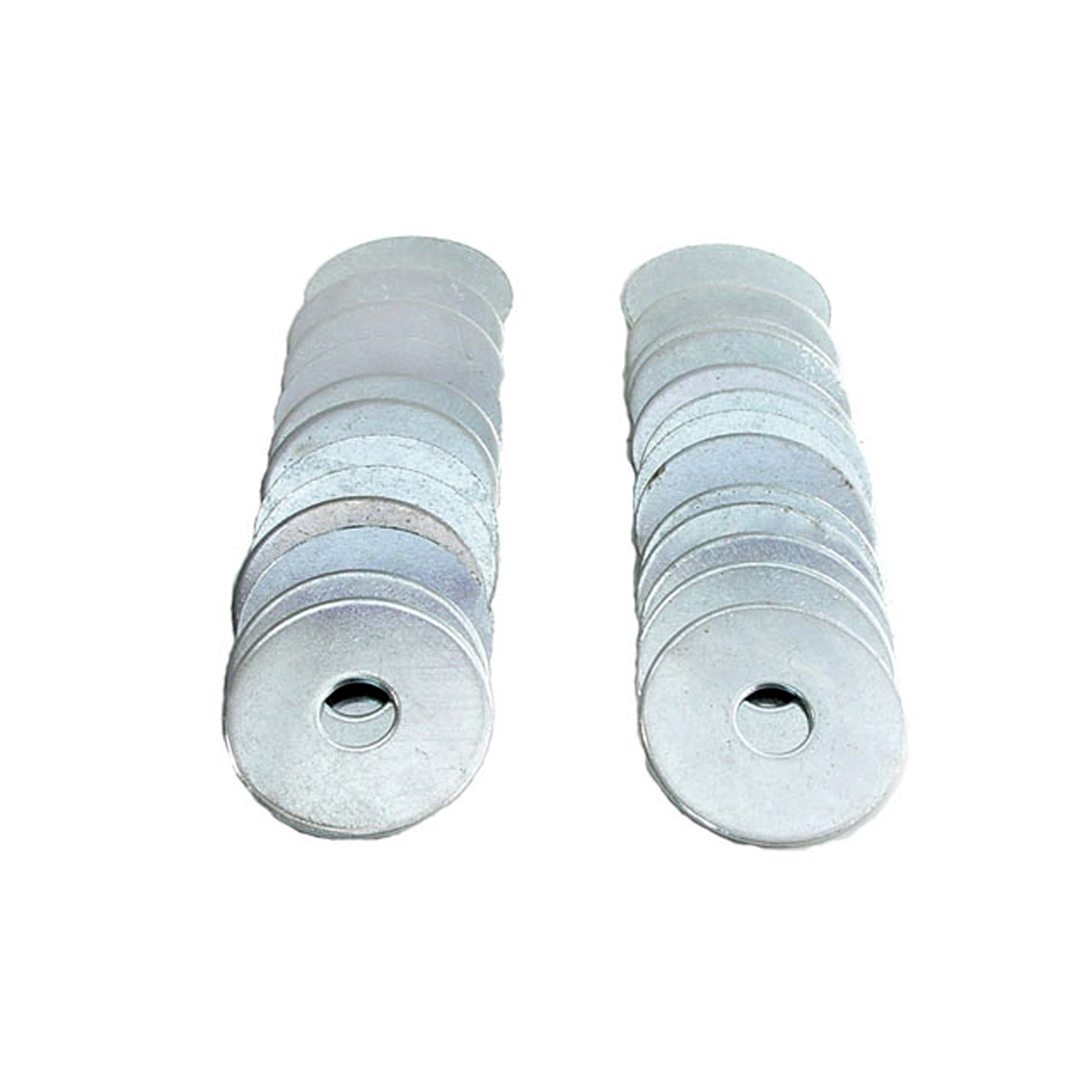 1930 Cadillac Fleetwood Fender Bolt Washers. For use with Fender Bolts; WF 3000-WF 3001Fender Bolt Washers. For use with Fender Bolts; WF 3000. High quality, cadmium plated. 1-1/4" O.D., 3/8" I.D. Set of 25
1930 Cadillac Fleetwood Fender Bolt Washers. For use with Fender Bolts; WF 3000-WF 3001Fender Bolt Washers. For use with Fender Bolts; WF 3000. High quality, cadmium plated. 1-1/4" O.D., 3/8" I.D. Set of 25Why Choose Metro?
For over 100 years, Metro Moulded Parts has been the pinnacle of quality in classic car restoration parts. Our commitment to precision and authenticity in every component ensures a perfect fit and an OEM-level appearance.
- Expert Craftsmanship & Quality: Each part is a testament to our dedication to reliability and perfection, crafted from original designs and thoroughly tested.
- Advanced Technology: We use cutting-edge techniques to create flawless, long-lasting parts that surpass others in performance.
- SuperSoft Sponge – The Ultimate Door Seal: Not only are our door seals 30% softer than competitors', but they're also guaranteed to never leak. They effectively reduce wind and road noise, enhancing your classic car's comfort and driving experience.
- Proudly American: Our parts are a product of American craftsmanship, made in the USA with a spirit of excellence and heritage.
- Unrivaled Warranty: We back our products with a 30-year industry-leading warranty, a testament to our confidence in their quality.
Join us in preserving the legacy of classic cars with parts that are crafted for perfection, not just made.

